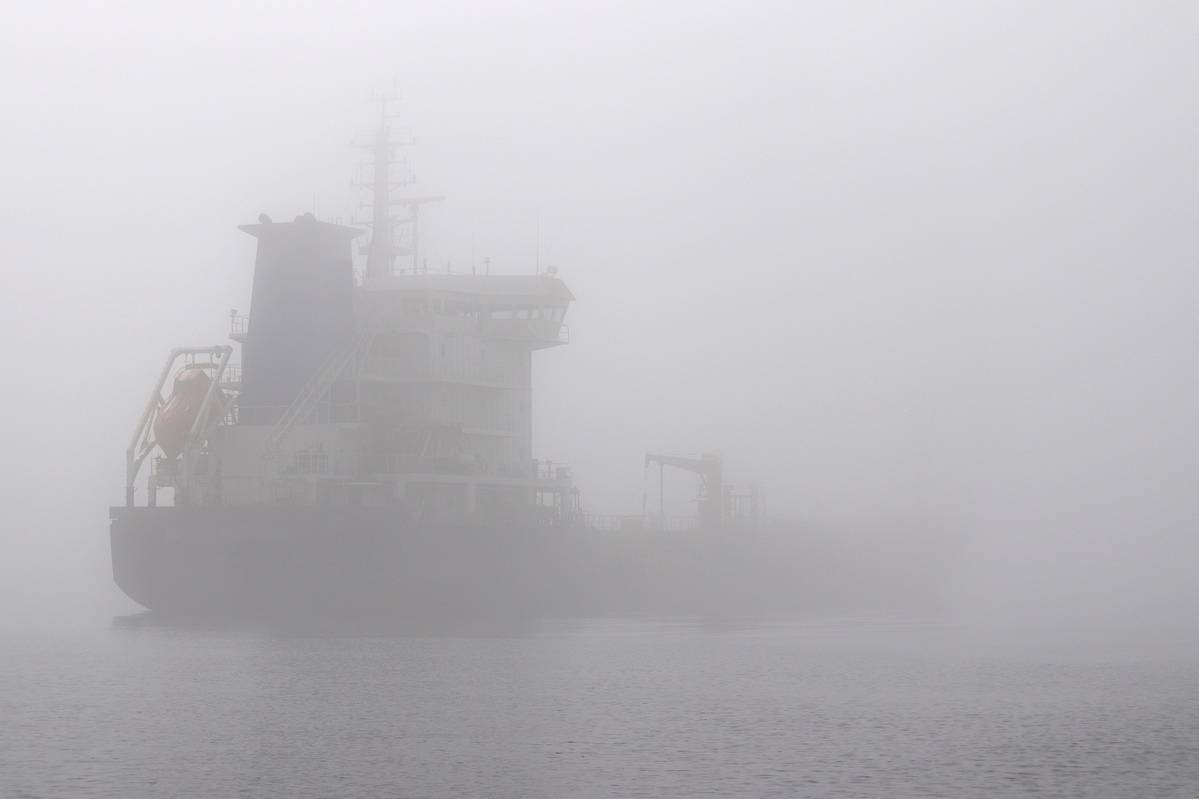
The eldest and generally considered greatest of Luminism’s core practitioners, Fitz Henry Lane (1804–1865) was born the son of a sailmaker in the coastal town of Gloucester, Massachusetts. Aligned with the philosophical precepts of Ralph Waldo Emerson and the Transcendentalists, who saw nature as the ultimate expression of the divine, Luminist painters produced, in the sparsely peopled and sparely composed canvases they favored, perhaps the most meditative and captivating landscapes in American art. Luminist artists evinced an acute awareness of the natural world and sought to unite matter and spirit through a focus on atmospheric effects, captured in works rendered with great subtlety and carefully wrought detail, often evoking a magical stillness.

Fitz Henry Lane’s masterpiece Ship in Fog, Gloucester Harbor is an archetype of Luminism, a style characterized by an intense preoccupation with light and atmosphere that flourished among a group of American painters between 18.


 0 kommentar(er)
0 kommentar(er)
